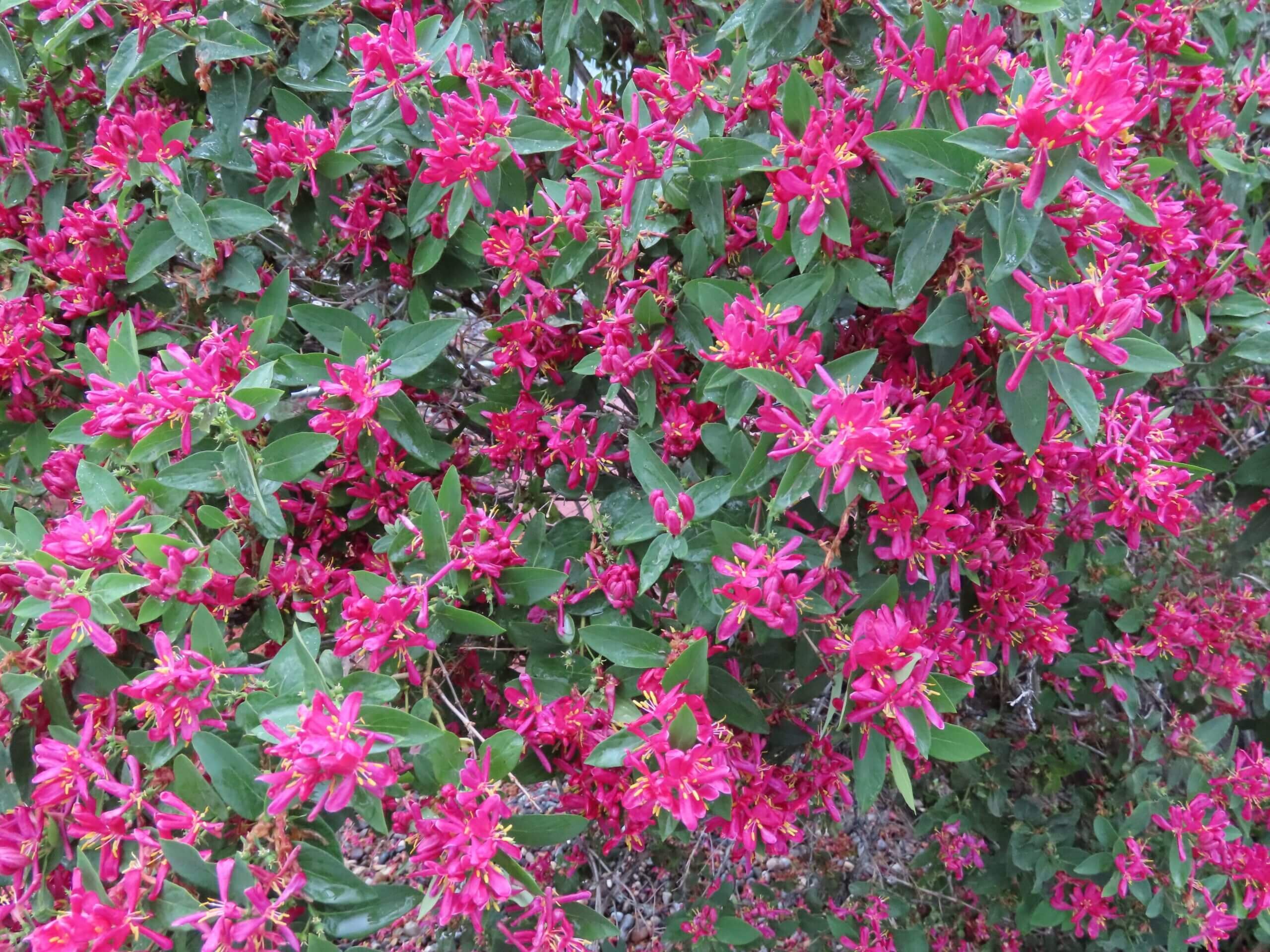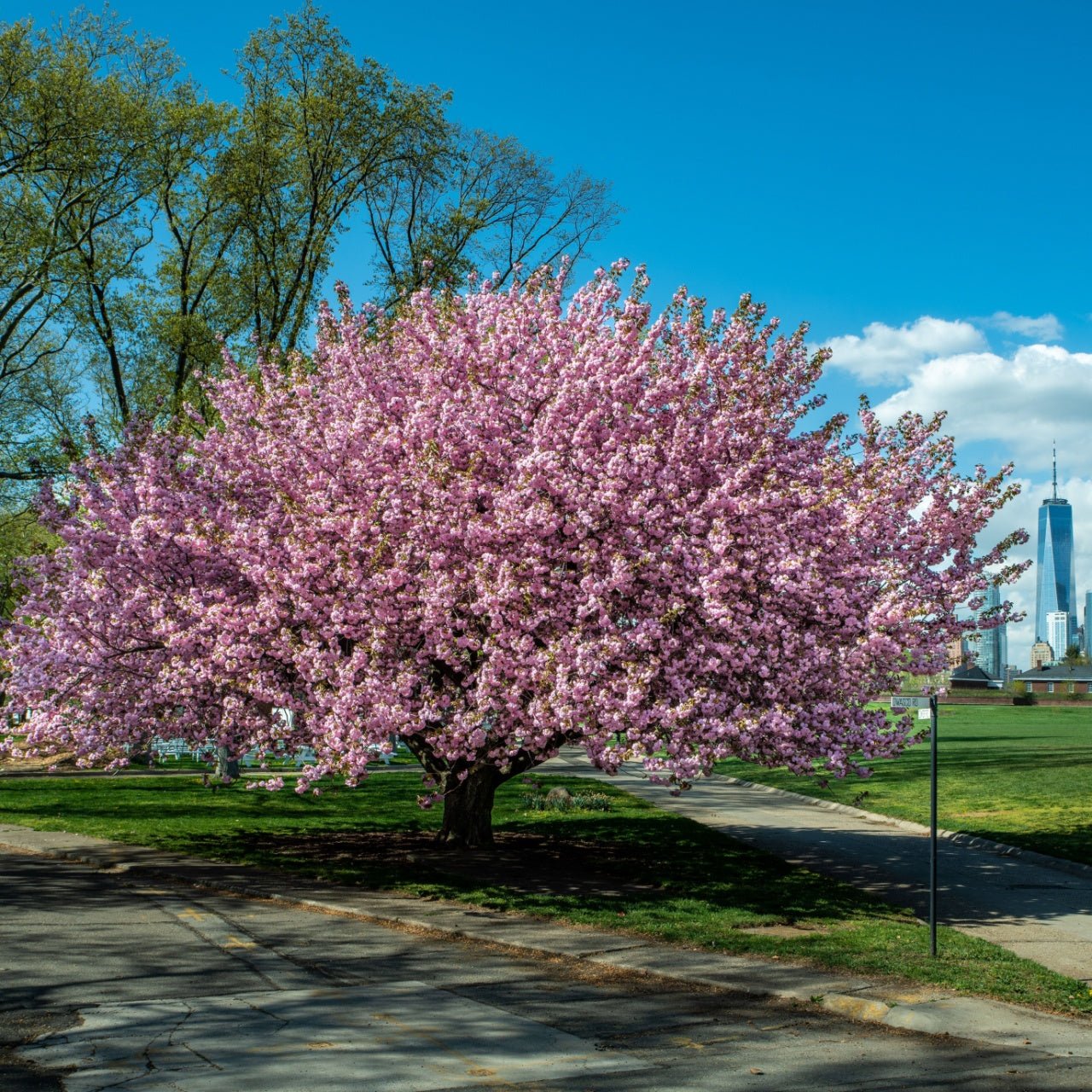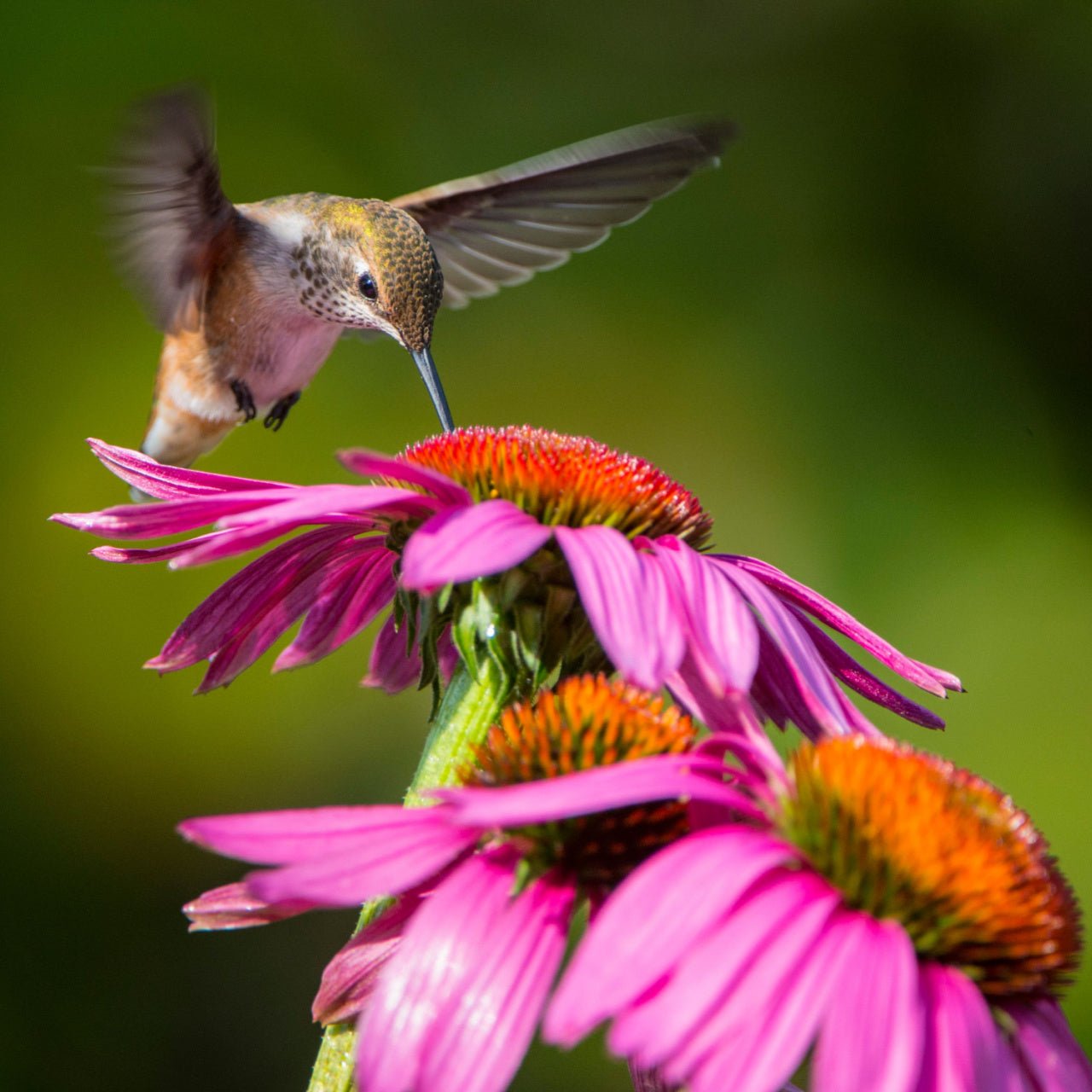




Coral Honeysuckle
Deer-resistant plant
Attracts bees and butterflies
Provides natural privacy
Thrives in
ZONE 4ZONE 5ZONE 6ZONE 7ZONE 8ZONE 9This plant ships:
November 20251 Year Guarantee on all plants
Coral Honeysuckle For Sale
Native to the Eastern United States, Coral Honeysuckle is a highly attractive specimen in any landscape while boasting dynamic functions. While it has a knack for climbing high, this vine can also be used as an effective groundcover due to its fast-growing habit. When grown in warmer climates, this vine can be considered evergreen. This vine stands out with its dashing clusters of warmly hued flowers (that our favorite pollinators love!).
Plant Details - Coral Honeysuckle
Family: Caprifoliaceae
Light Requirement: Full Sun – Partial Shade
Water Needs: Medium
Height: 10-20 ft.
Spread: 3-6 ft.
Growth Rate: Fast
Bloom Time: Mid Spring to Late Summer
Flower Color: Red, yellow, and orange
Wildlife Value: Attracts bees, butterflies, and hummingbirds
While this plant prefers more sun for maximum flower output, it can tolerate even partial shade. Plant in a location with ample air circulation to allow for water evaporation to maintain a medium moisture level. While it prefers richer soils, it can tolerate a variety of soil types and acidities. To help the plant look its best and get the most out of its whimsical effect, provide structural support. Its dynamic garden functions lend itself to being a fairly low-maintenance vining plant depending on the gardener’s preference for garden design.
Landscape Uses and Maintenance - Coral Honeysuckle
The Coral Honeysuckle is most often found around walkways, doors, patios, and arbors due to its twining habit. Upward growth when attached to a structure provides easiest access for flying pollinators such as hummingbirds. To help the plant look its best and get the most out of its whimsical effect, provide structural support such as with a trellis, fencing, or arbors. Once established, its twining habit will do the rest of the work by adhering to the structure with minimal ongoing maintenance needed for guiding and shaping.
Noteworthy Characteristics
Coral Honeysuckle’s richly-colored flowers aren’t just beautiful to us; they are a favorite among the lovely critters we want to attract to our garden. Pollinators make quick work of this vine, making your garden space feel magical and alive.
This Is How Your Plants Will Look upon Delivery

Bloom Season
Summer
Bloom/Foliage Color
Pink
Height at Maturity
Under 10 Feet
Care
Coral Honeysuckle thrives in well-drained soil with regular watering. It should be trimmed after blooming to keep shape and promote growth. It’s resilient to pests and diseases, making it a low-maintenance choice for adding vibrant color to your garden.
Plant Reproduction
The Coral Honeysuckle spreads via runners and vigorous self-seeding
Plant bare-root shrubs during the more excellent spring or fall months, from November through April. Dig a hole twice as wide as the root system and slightly more profound than its height. Position the shrub so that the top of the roots is level with the ground, and put back the soil dug over the roots. Apply a 2-3 inch layer of mulch around the base to retain moisture and suppress weeds, ensuring the mulch does not touch the shrub's stem. Water regularly, especially during the first year, to establish strong roots. Prune shrubs as needed to promote healthy growth. In the spring, fertilize with a balanced, slow-release fertilizer suited to the specific needs of the shrub.
Shipping date depends on the date displayed and chosen when you order from the product's page.
We only accept returns on plants verified dead. If you think your plants have died, we offer a 1 year warranty, please use this File a Claim Link to verify dead plants and start with return warranty process.







Fragrant, Irregular Flowers:
Pink Tatarian Honeysuckle features fragrant, irregular flowers that come in shades of pink, white, or rosy.
Distinctive Flower Structure:
Each flower has two lips, with the bottom lip larger than the top, adding unique visual appeal.
Attractive Berries:
Orange to red berries appear later in the season, attracting various birds and aiding in natural seed dispersion.
Wildlife Haven:
The plant's nectar draws Elephant Hawkmoths, bats, and blackflies, while its berries are a favorite of squirrels.
Caring Tips
How do I care for my Coral Honeysuckle?
Each box contains detailed care instructions and information about your product. But here's the basics.
Care Tips
Coral Honeysuckle thrives in well-drained soil with regular watering. It should be trimmed after blooming to keep shape and promote growth. It’s resilient to pests and diseases, making it a low-maintenance choice for adding vibrant color to your garden.
Light Requirements
Coral Honeysuckle thrives in full sun to partial shade. It prefers at least 6 hours of direct sunlight daily, which enhances its vibrant blooms. However, it can handle part shade, though flowering may be reduced.
Hardy Planting Zones
4 • 5 • 6 • 7 • 8 • 9
Header
Use this content to share information about your store and products.
Frequently Asked Questions
How often should I water my plants?
How do I know if my plant is getting too much or too little sunlight?
What should I do to prepare my plants for winter?
What are the signs that my plant needs fertilizing?
How can I prevent pests from damaging my plants?
How do I choose the right plant for my climate zone?






